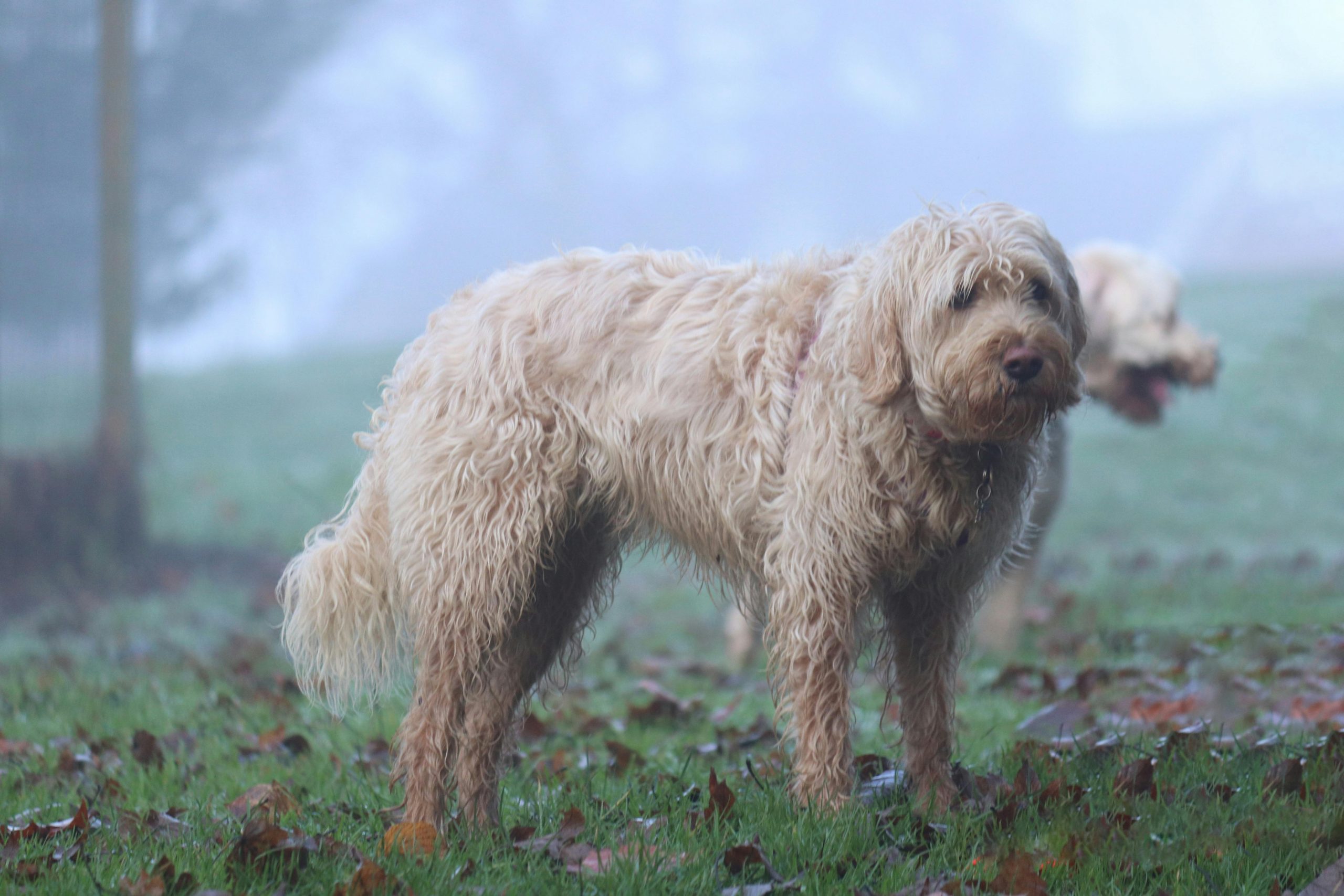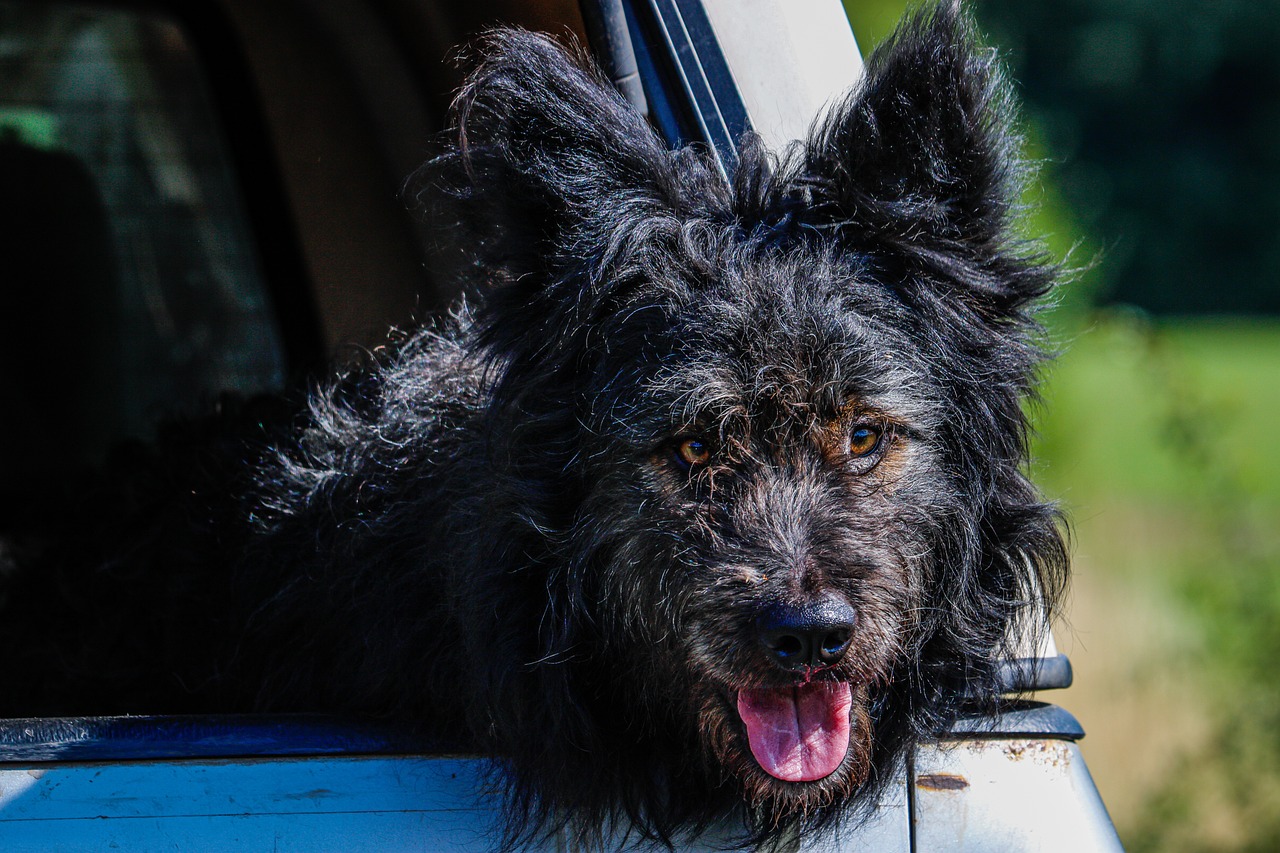[ad_1]
The world of canine companions is vast and diverse, with a plethora of breeds that cater to every imaginable preference and lifestyle. While some breeds like the Labrador Retriever and German Shepherd enjoy widespread recognition and popularity, there exists a hidden realm of rare and unique breeds that remain largely unknown to the general public. These breeds, often overshadowed by their more famous counterparts, offer a glimpse into the rich tapestry of canine diversity, embodying unique histories, characteristics, and abilities that make them truly special. From ancient lineages preserved through meticulous breeding to modern creations fulfilling specific roles, these rare dog breeds are a testament to human ingenuity and nature’s versatility. This article aims to shed light on five such breeds, delving into their origins, distinctive traits, and the reasons behind their rarity. By exploring these lesser-known gems, we not only broaden our understanding of dogs as a species but also celebrate the incredible variety that makes the canine world so fascinating.
1. Kooikerhondje
The Kooikerhondje is a charming and lively small breed from the Netherlands, historically bred for luring ducks into traps—a practice known as “kooiken.” With its distinctive orange and white coat, expressive face, and wagging tail, the Kooikerhondje is not only adorable but also highly skilled in its original role. This breed’s intelligence, agility, and pleasant demeanor make it a versatile companion, capable of excelling in dog sports and as a family pet. However, the Kooikerhondje remains relatively rare, even in its homeland, due in part to its specialized breeding history and the decline in traditional duck hunting methods. The breed’s recent recognition by major kennel clubs is helping to raise its profile, but it still remains a hidden treasure waiting to be discovered by the wider dog-loving community. The Kooikerhondje’s rarity and rich history make it a fascinating example of how specific breeds have been developed to meet very particular human needs.

2. Norwegian Lundehund
The Norwegian Lundehund is a small but formidable breed known for its unique physical adaptations that make it an expert puffin hunter, a skill for which it was originally bred on the remote islands of Norway. With flexible joints, an ability to tilt its head backward along its spine, and six fully functional toes on each foot, the Lundehund is built for navigating the narrow crevices and steep cliffs where puffins nest. Today, with puffin hunting a thing of the past, the Lundehund’s population has dwindled, making it one of the rarest dog breeds in the world. Despite their hunting prowess, these dogs are known for their friendly and curious nature, making them delightful companions. Their rarity is compounded by their specialized breeding history and the specific environment they were developed in, limiting their spread and recognition outside of Norway. The Norwegian Lundehund stands as a testament to the unique relationship between humans and dogs, showcasing how breeds have been shaped to fulfill specific roles within human societies.

3. Otterhound
The Otterhound is a large, shaggy breed originally bred in England for the now-outlawed practice of otter hunting. This rare breed is distinguished by its waterproof double coat, webbed feet, and keen sense of smell, making it an exceptional swimmer and tracker. Despite their prowess in the water and their friendly, amiable nature, Otterhounds have become one of the rarest dog breeds, with their numbers dwindling even in their homeland. The decline in their popularity can be attributed to the ban on otter hunting, leaving the breed without its traditional purpose. However, those who discover the Otterhound find a loyal, affectionate companion with a jovial disposition and a love for outdoor adventures. The breed’s rarity is a poignant reminder of how closely the fortunes of dog breeds are tied to human activities and changing societal norms.

4. Saluki
The Saluki, one of the world’s oldest dog breeds, is revered for its incredible speed, grace, and endurance. Originating from the Fertile Crescent, the Saluki has been a cherished companion of kings and nobles for millennia, often depicted in ancient art and texts. Despite its ancient lineage and stunning appearance, the Saluki remains relatively rare outside of its native region. This breed is known for its aloofness, elegance, and strong hunting instincts, which, combined with its need for regular exercise and stimulation, make it a challenging yet rewarding companion. The Saluki’s rarity in the modern world can be attributed to its specific care requirements and the niche role it fills as a sighthound, which may not appeal to the casual dog owner. Nevertheless, for those who are drawn to its mystique and heritage, the Saluki offers a unique window into the history of human-canine relationships.

5. Mudi
The Mudi is a versatile and rare herding dog from Hungary, known for its intelligence, agility, and the ability to work with livestock. Characterized by its curly coat and spirited demeanor, the Mudi excels in various canine sports and activities, making it a highly capable working dog and companion. Despite its talents, the Mudi remains relatively unknown and rare, even within Hungary. This can be attributed to the breed’s late recognition and the overshadowing presence of more famous Hungarian breeds like the Vizsla and the Puli. However, for those who discover the Mudi, it becomes clear that this breed’s adaptability, intelligence, and loyalty make it a hidden gem among dog breeds. The Mudi’s rarity underscores the diversity within the canine world and highlights the ongoing discovery of breeds that may not have widespread recognition but offer unique qualities and histories.

The world of dogs is far more diverse and intriguing than the average person might realize, with rare breeds like the Azawakh, Norwegian Lundehund, Otterhound, Saluki, and Mudi offering a glimpse into the lesser-known aspects of canine diversity. Each of these breeds carries a unique story, embodying centuries of history, culture, and human ingenuity. Their rarity not only makes them special but also serves as a reminder of the countless ways in which dogs have been shaped to meet the needs of different human societies around the world. Exploring these rare breeds allows us to appreciate the depth and breadth of the dog world, encouraging a deeper understanding and respect for these remarkable animals.
[ad_2]
Source link
